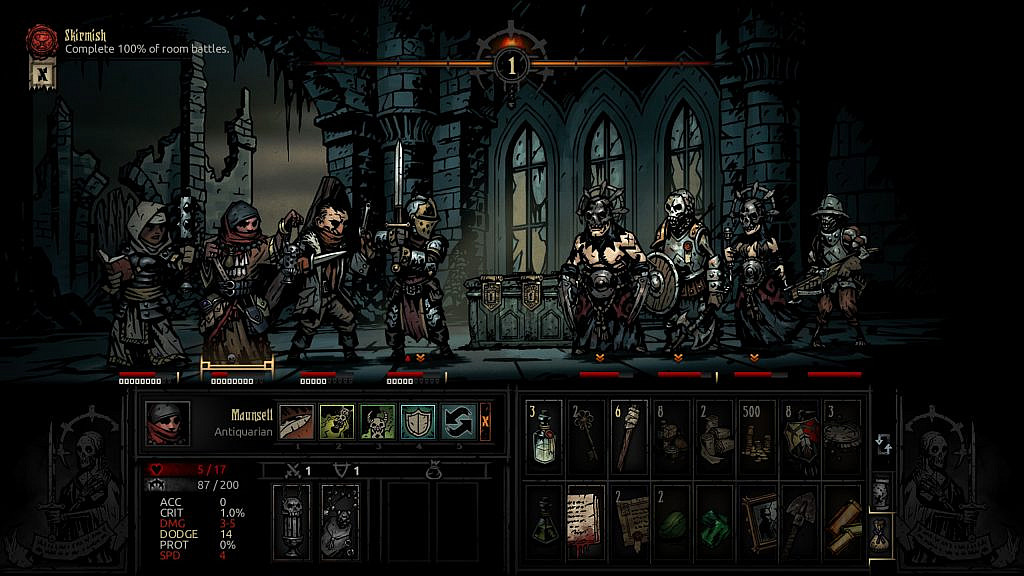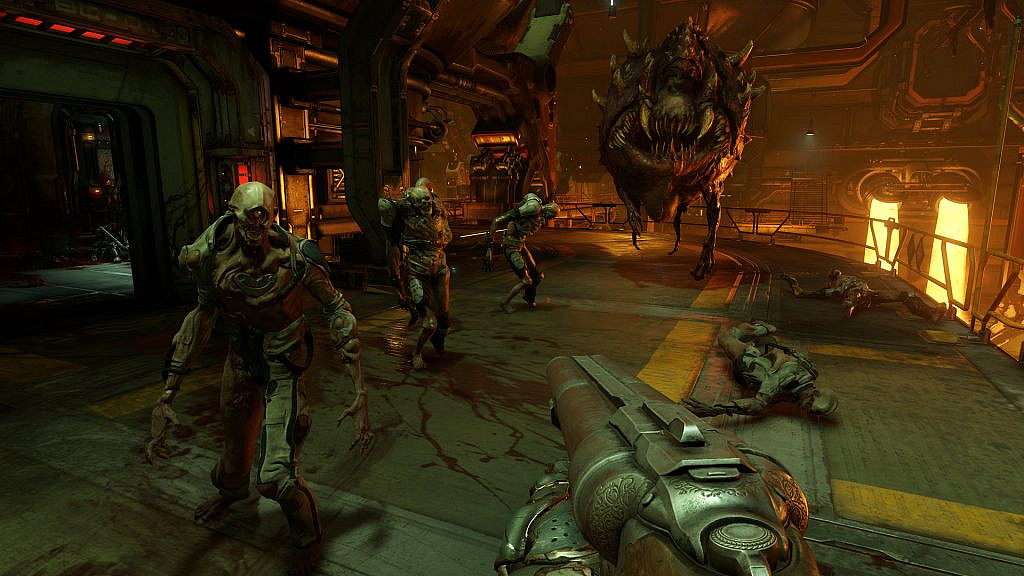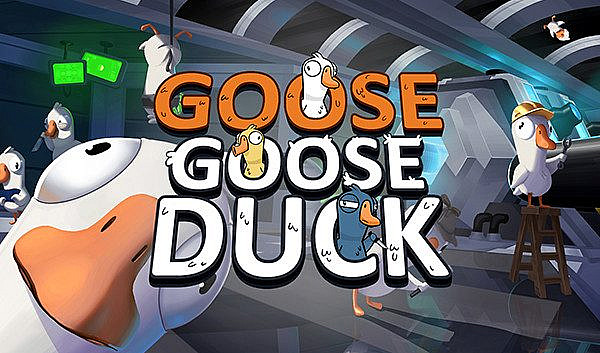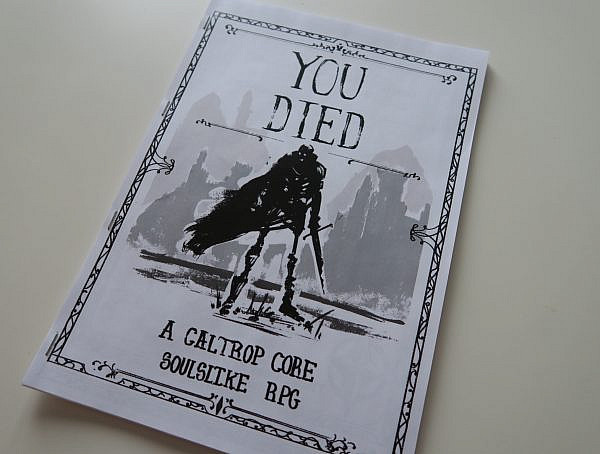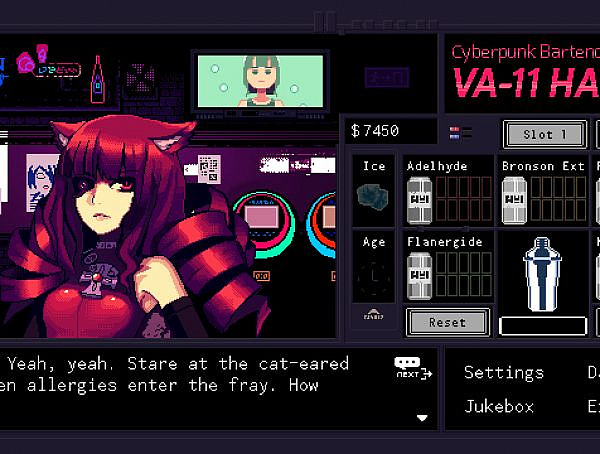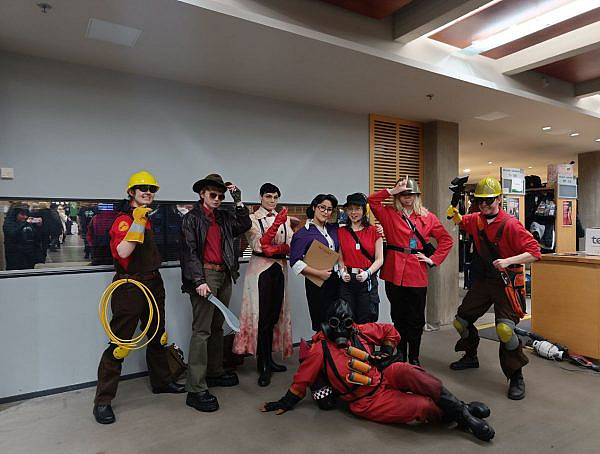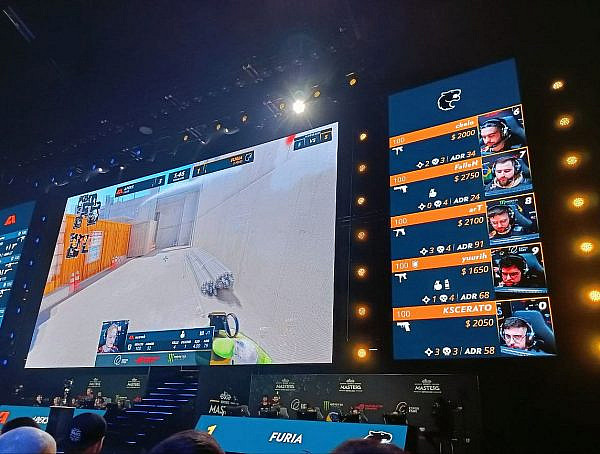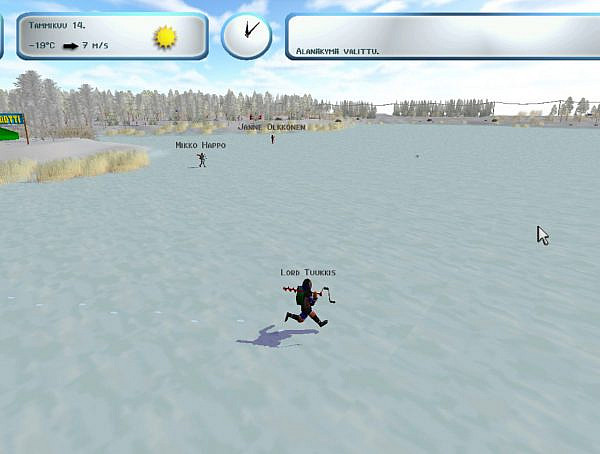There are many ways games can challenge the player or players. As a gamer I’ve come across many different types of challenges and problems to solve in games. In this text I want to present some of my thoughts on three types of challenges that I’ve most frequently encountered when playing: Problem solving, mechanical actions, and player interaction. These three are not all encompassing by any means but will cover a good number of scenarios.
Problem solving is the most common one that most games have. The player is presented with a situation and their task is to solve it while following the game’s rules. The only thing that matters here is the knowledge that the player has, and their ability to read the situation to gain the advantage. It is a rather simple, but also a very flexible way to create a game. All you really need is an interface and buttons to execute actions. There is a lot of variety here, from simple puzzles to turn based combat. I find it very interesting to experiment with different solutions, trying to find the one that’ll give you the best result, most often through trial and error.
Mechanical action is the type of challenge I enjoy the most. The physical actions that one must perform to play or progress in a game. Typically, in digital games this is done with a mouse, a keyboard, or a controller. This is usually paired with a problem that one must solve. As a personal favourite, I’ve always found movement and aiming in first person shooters to be most satisfying mechanics to master. I find it to be the most exciting way to play a game. Dodging obstacles or enemy attacks in real time, running and jumping through the level while keeping an eye on enemies and eliminating them one by one. Finding the right combination of key presses and mouse movements that keep you alive and result in opponents’ demise. It’s so very satisfying, when you build muscle memory and can do all the necessary mouse movements or key presses without even having to think about it.
The third challenge is social interaction with other players. Not all games require mechanical actions to compete. But instead, the player must use their wits and knowledge to compete or co-operate with other players. A good example of this is the recently popular Among Us, which requires the impostors and crewmates to discuss and figure out a way to win. Impostors must try and remain innocent until proven guilty, and the crewmates must identify the impostor to eliminate them. While the game also has a mechanical side, moving around the map and completing tasks or eliminating others, much of the game’s excitement comes from the interaction that follows when a player’s avatar is reported dead, or a meeting is called. Sometimes in competitive competitive games, hostile behaviour can also add additional difficulty, even though it is not an intentional part of the game design. Toxic behaviour will affect all parties involved and people have different ways to handle these situations. Some may choose to ignore it while others will respond in kind and escalate the situation. Some may try to calm others down or resolve the conflict, but the success of this is never guaranteed.
Many games do a good job of combining these three in some form to create their gameplay experience. For me, an example of a game that has all three is Counter-Strike. Every match is a series of rounds, where the problem is getting onto stopping opponents from getting to one of the bombsites and eliminate opposing players. You do this every round with a variety of weapons and equipment that have strengths and weaknesses. You will also want to read your opponents behaviour and setups to try and gain an advantage before engaging. Communication and teamwork are also important when executing strategies, or simply keeping your teammates focused on the game at hand. Varying amounts of preparation will lead to players facing off using their mechanical skills to aim and move around the map to reach their objective. This combination of elements creates an environment that allows for a surprising variety of gameplay that has certainly kept me entertained for many years, despite the game itself remaining mostly unchanged. The variety also gives the players an opportunity to develop many different skills, and this raises the game’s skill ceiling very high.
These are the three general types of gameplay that are found in games. They do not cover everything but will at least offer some perspective on how a game can be made challenging in more than one way to create interesting and enjoyable gameplay scenarios.
Title image: Promotional image for Portal 2 from the Steam store page.
Link to image: https://cdn.cloudflare.steamstatic.com/steam/apps/620/ss_8a772608d29ffd56ac013d2ac7c4388b96e87a21.jpg?t=1610490805
First image: Darkest Dungeon, screenshot taken by the author.
Second image: Promotional image for DOOM (2016) from the Steam store page.
Link to image: https://cdn.cloudflare.steamstatic.com/steam/apps/379720/ss_2053c7628ba42fecb8e472f74565f880f93a0b30.jpg?t=1593395083
You might also like
More from Features
The wonderful world of cosplay – TF2 arrives to Desucon Frostbite
A cosplay group showed me how fun cosplaying can be!
Elisa Masters Espoo 2023 was a Blast! – A devoted FURIA fan’s perspective
I went to see my favourite team play live in the final of the recent CS2 event hosted in Finland.
A Frozen Lake Whereupon / Something Fishy Is Going On – A ProPilkki 2 Poem
A northern pastime, where you sit still / Waiting patiently, what a thrill







